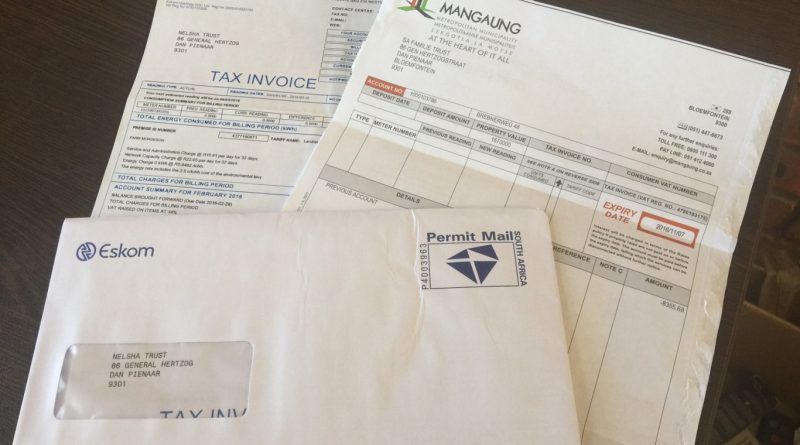Bill payments can and should be made easier
While waiting for outstanding bills to be settled remains an unavoidable part of conducting business, doing so need not place undue stress on an organisation, nor be inconvenient for the payer.
According to iPay CEO and co-founder Thomas Pays, the bill payment market is ripe for transformation, and would greatly benefit from a more streamlined approach. Indeed, a better way of paying has been the focus of this local electronic funds transfer (EFT) payment gateway since its inception. As compared with the e-commerce market, Pays notes that the bill payment market is considerably larger.
“While the e-commerce landscape probably accounts for a few billion payments a month, when looking at bill payments, there are tens if not hundreds of billions of payments being made in the same time period,” he elaborates.
A matter of survival
Moreover, streamlining bill payments is not just a nicety, rather it can be essential to a small or medium business being able to survive. This is due to the fact that cash flow dependent businesses can’t always afford to wait for extended period for their invoices to be settled, particularly in today’s economic climate. And, while traditional payment methods, like credit cards, are familiar, they aren’t always the best from a business perspective, often proving to be more of a hassle than they should be.
Pays cites Lancet Laboratories as an example, which may bill a customer for a blood test, and then finds itself having to wait several weeks before the customer settles their bill. He points out that both parties would benefit from Lancet integrating i-Pay, adding a link or QR code to the bottom of their invoice whereby customers could pay their bill through an internet browser on a smartphone or PC.
“The impact on Lancet would be that their collection would be a lot quicker, with their cash flow immediately benefitting,” he adds.
Referring to small to medium business, Pays relates how he has been in meeting with many, from mom-and-pop shops to some of the largest groups. When discussing the topic of cashflow, there was not one who said they are able to wait 60 days for payment.
Beyond the hurdle
An EFT solution such as i-Pay addresses another flaw in the system – that of requiring large amounts of staff to perform bill reconciliation. Instead, this could be done more efficiently, as i-Pay can be integrated into a business’s accounting systems. To date, it has been done so with Sage. However, there is still an obstacle on the path to transforming bill payments, as it still needs to be integrated into the variety of existing e-billing and accounting software that is currently being used in the market.
Pays pointed out that it also takes time for new payment methods to gain broad adoption. He pointed out that any new approach can typically take up to a couple of years before people realise that there is a better way of doing a familiar task. This relies on educating the market to use i-Pay’s EFT as an alternative in making payments. The good news is that he envisions the adoption of innovative fintech solutions being fast once it has caught on. “There is no resistance to change if you answer a need for the consumer,” he elaborates, and Pays is confident that i-Pay does just that.
The future beckons
As to the future of bill payments, Pays asserts that fintech is moving towards affording businesses and payers greater ease of settling their accounts. “I believe we are ultimately moving towards making biometric payments, using just the swipe of our fingerprints. Already we see the beginnings of that kind of technology, with fingerprint scanning being used to unlock our smartphones. Ultimately, the future of making payments will revolve around greater ease,” he concludes.
In this regard, the i-Pay EFT payment gateway is certainly a step in the right direction.




